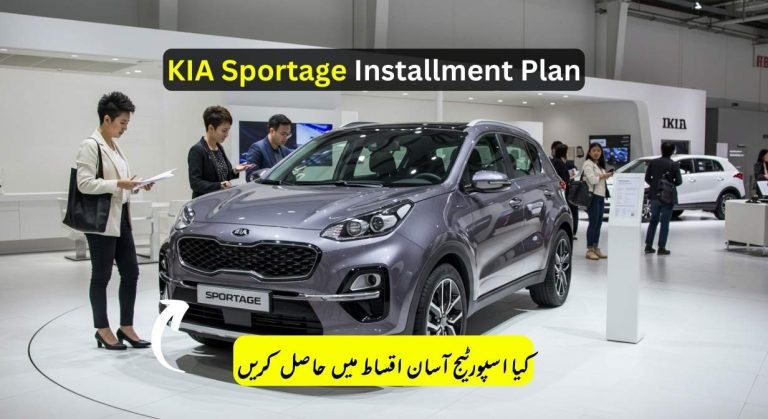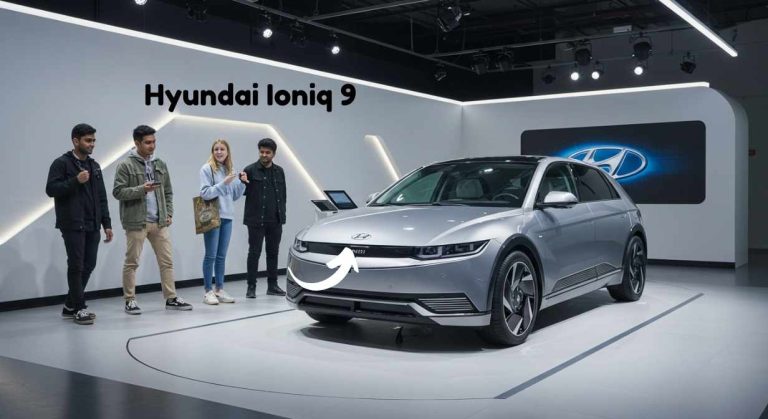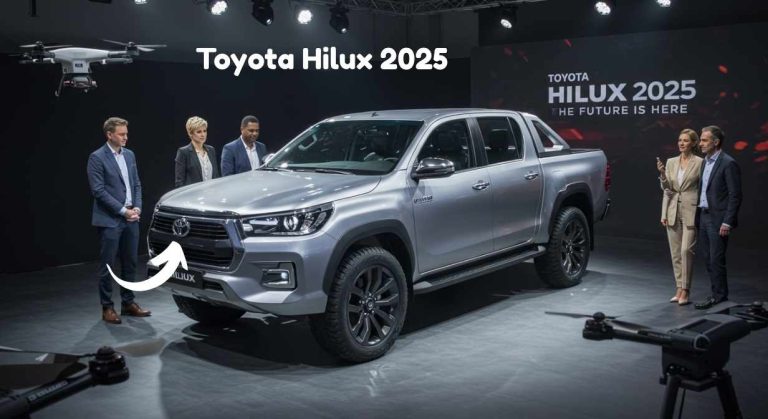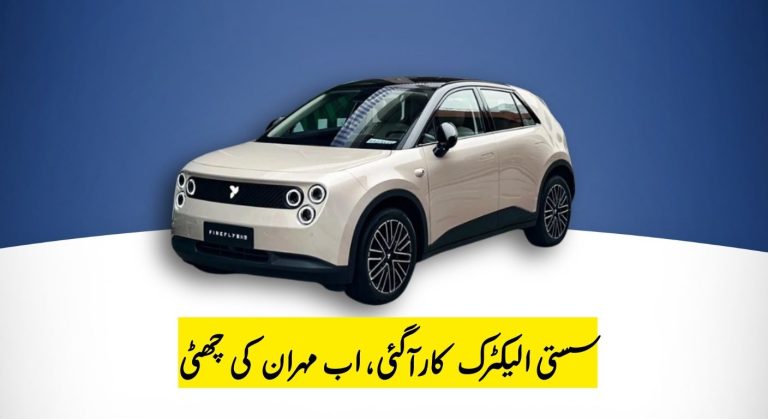Pakistan Builds Its Own Cybertruck – The 1000cc Beast!
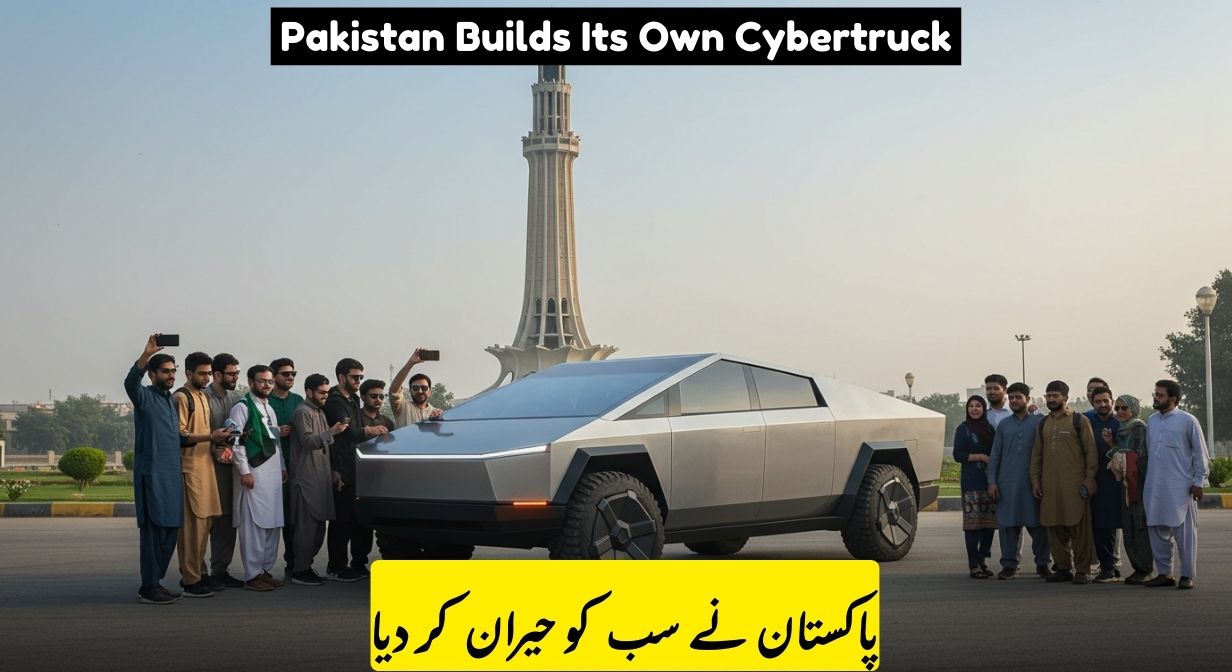
In a stunning display of Pakistani creativity, a 1000cc Cybertruck replica has taken the internet by storm. Built in Gujranwala by engineer Wali Muhammad and his team at Mughal Safeguard, this one-of-a-kind vehicle mimics the futuristic design of Tesla’s Cybertruck but runs on a humble 1000cc petrol engine. Dubbed the “Pakistani Tesla,” it’s a bold statement of local ingenuity. Here’s everything you need to know about its cost, specs, and unique features.
Cost of the Pakistani Cybertruck
- Total Cost: Approximately PKR 3 million (around USD 10,800).
- Breakdown:
- Base Vehicle: An unused Forland pickup truck with a 1000cc engine.
- Body Fabrication: Custom steel body built by Gujranwala craftsmen.
- Additional Costs: Paint, LED lights, and minor modifications.
- Comparison: The real Tesla Cybertruck starts at USD 81,985 (PKR 22.8 million), making the Pakistani version about 70 times cheaper
Useful Info: The PKR 3 million price is roughly the cost of a Suzuki Alto in Pakistan, showing how affordable this ambitious project is compared to importing a real Cybertruck, which would cost crores with taxes and duties.



Specifications of the Pakistani Cybertruck
Here are the key specs of this unique vehicle:
- Engine: 1000cc petrol engine (from the Forland base vehicle).
- Power Output: Approx. 60–70 horsepower (typical for 1000cc engines in Pakistan).
- Transmission: Manual (exact type not specified, likely 5-speed).
- Chassis: Modified Forland pickup chassis with leaf spring suspension at the rear.
- Body: Handcrafted steel body with sharp, angular panels mimicking Tesla’s stainless-steel exoskeleton.
- Dimensions: Smaller than the real Cybertruck (exact measurements unavailable but described as “tiny” compared to Tesla’s 223.7 inches length).
- Weight: Heavier than the base Forland due to the steel body, impacting fuel efficiency.
- Cargo Bed: Features a flip-up bed cover (unlike Tesla’s retractable tonneau).
- Lighting: Front and rear LED light strips, copying Tesla’s design.
- Wheels: Blacked-out rims with boxy arch extensions for a rugged look.
- Top Speed: Estimated 80–100 km/h (limited by the 1000cc engine).
- Fuel Economy: Approx. 10–12 km/l (lower due to added weight).
Special Feature: The angular design, built with straight edges and flat surfaces, was crafted using simple local fabrication techniques, making it easier to replicate Tesla’s futuristic vibe without advanced tools.
Design and Build
The Pakistani Cybertruck was designed to capture the essence of Tesla’s Cybertruck, which is known for its sharp angles and sci-fi aesthetic. Here’s how it was made:
- Inspiration: Wali Muhammad found a Cybertruck image online and decided to recreate it for a client’s bold vision.
- Base Vehicle: An unused Forland pickup provided the chassis and 1000cc engine.
- Bodywork: Local craftsmen in Gujranwala built the steel body from scratch, focusing on simplicity to match Tesla’s low-polygon look.
- Details: LED light strips, black wheel arches, and a flip-up bed cover give it a convincing Cybertruck vibe, though it’s smaller and less polished.
- Challenges: Limited resources and technical expertise led to trial-and-error decisions, like skipping crumple zones for safety.
Khasiyat: Despite its basic setup, the vehicle’s striking resemblance to the Tesla Cybertruck makes it a head-turner on Pakistani streets, earning it viral fame on social media.
Limitations
While impressive, the Pakistani Cybertruck has some drawbacks:
- Weight Issues: The heavy steel body reduces fuel efficiency and performance.
- Safety Concerns: No crumple zones or advanced safety features, unlike the real Cybertruck’s armored glass and exoskeleton.
- Improvisation: Built with limited expertise, it lacks the precision of Tesla’s engineering.
- Not Electric: Unlike Tesla’s battery-powered Cybertruck, this runs on petrol, missing the eco-friendly edge.
Why It’s Special
The Pakistani Cybertruck isn’t about matching Tesla’s tech—it’s about passion and creativity. Built for just PKR 3 million, it brings a taste of futuristic design to Pakistan, where importing a real Cybertruck would cost crores. Social media users have praised it, with comments like “Jugaad rocked, Elon Musk shocked” and calls for Musk to open a factory in Pakistan. It shows what local engineers can achieve with determination, even with basic tools.
How It Compares to the Real Tesla Cybertruck
| Feature | Pakistani Cybertruck 1000cc | Tesla Cybertruck (AWD) |
|---|---|---|
| Price | PKR 3 million (USD 10,800) | USD 81,985 (PKR 22.8M) |
| Engine | 1000cc petrol | Dual-motor electric |
| Power | 60–70 hp (est.) | 600 hp |
| Range | N/A (fuel-based) | 325 miles (523 km) |
| Top Speed | 80–100 km/h (est.) | 112 mph (180 km/h) |
| Material | Steel body | Stainless steel |
| Safety Features | Basic | Armored glass, airbags |
| Production | One-off custom | Mass-produced |
The Pakistani version is a budget-friendly, petrol-powered tribute, while Tesla’s is a high-tech electric beast.
Why It Matters
The Pakistani Cybertruck 1000cc is more than a vehicle—it’s a symbol of what Pakistanis can achieve with limited resources. Built by Wali Muhammad and Mughal Safeguard, it proves that creativity and hard work can turn wild ideas into reality. While it can’t match Tesla’s tech, its PKR 3 million price and bold design make it a unique addition to Pakistan’s automotive scene.

